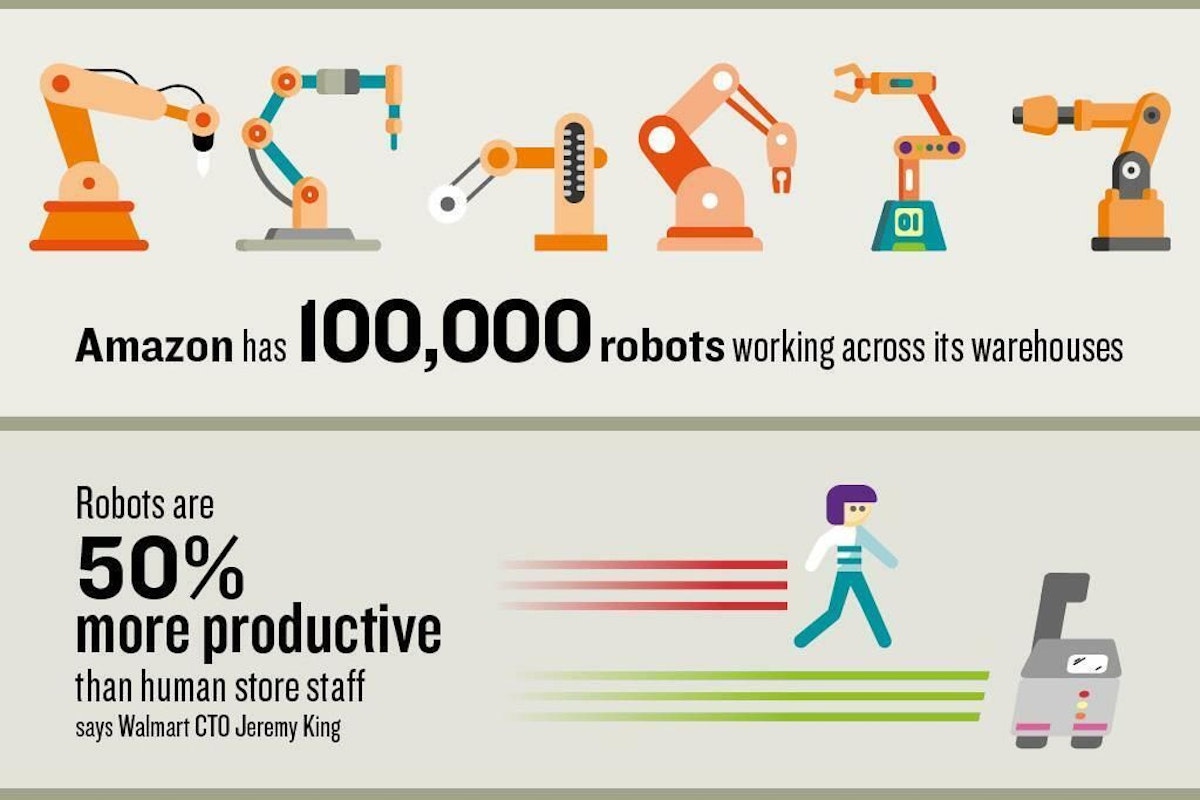191 reads
Manufacturing Robotization: Drivers and Barriers

Too Long; Didn't Read
By 2035, in the leading industrial robotics countries, factory productivity will grow by 40% and gross value added will double. And today, during a period of pandemic and crisis, robotic industries incur minimal losses - robots do not get sick, robotic factories can be controlled remotely.inspiring
Learn More
LEARN MORE ABOUT @ARTHUR.TKACHENKO'S
EXPERTISE AND PLACE ON THE INTERNET.
EXPERTISE AND PLACE ON THE INTERNET.
L O A D I N G
. . . comments & more!
. . . comments & more!

